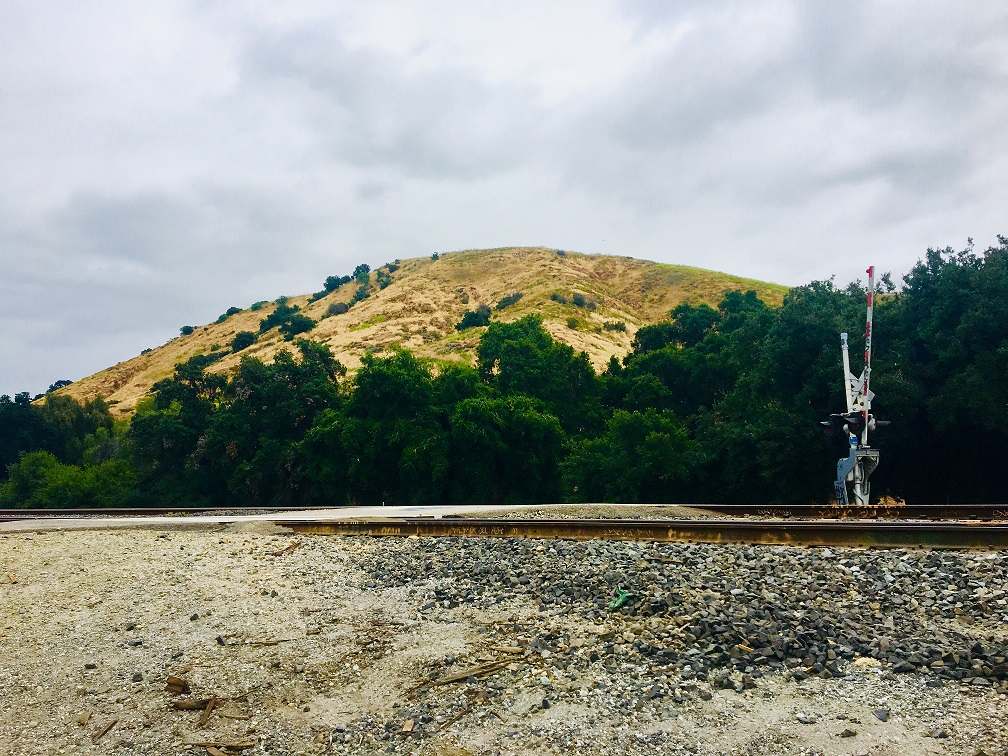SGMA FAQs
The Sustainable Groundwater Management Act, signed into law in 2014, provides a framework for long-term sustainable groundwater management across California. It requires that local and regional authorities in the medium- and high-priority groundwater basins form a locally-controlled and governed Groundwater Sustainability Agency (GSA), which will prepare and implement a Groundwater Sustainability Plan (GSP).
Over the years, the California water managers, individual well owners, and communities that rely on groundwater resources have observed a rapid decline of water levels in some aquifers. Impacts and issues related to the decline is apparent. For example, some wells in California have experienced declines in excess of 10 feet during the drought and increases in groundwater pumping have exacerbated some areas of land subsidence, which also threatens infrastructure such as roads, canals and bridges.
In January 2014, the Governor’s Office identified groundwater management as one of ten key action steps in its California Water Action Plan. SGMA, signed into law months later, follows up on that action, giving local agencies the ability to manage their respective basins following statewide guidelines.
GSA FAQs
A Groundwater Sustainability Agency is one or more local governmental agencies that implement the provisions of SGMA. A local agency is defined as one that has water supply, water management or land management authority. GSAs assess the conditions of their local basins, adopt locally-based sustainable management plans to create drought resiliency, and improve coordination between land use and groundwater planning.
Forming a GSA, then developing and implementing a Groundwater Sustainability Plan (GSP) will require both start-up and ongoing costs. As part of the GSA formation, the agencies will determine how to share costs for developing and implementing the GSP. GSAs may also take advantage of grants and other funding opportunities, such as Proposition 1 bond funds, to help create and implement a GSP.
Under SGMA, GSAs are empowered to:
- Adopt rules, regulations, ordinances, and resolutions to implement the Act
- Monitor compliance and enforcement
- Require registration of groundwater extraction facilities (wells)
- Require appropriate measurement devices and reporting of extractions
- Investigate, appropriate, and acquire surface water rights, groundwater, and groundwater rights into the GSA;
- Acquire or augment local water supplies to enhance the sustainability of the groundwater basin
- Propose and collect fees
- Adopt and fund a groundwater sustainability plan according to existing laws
The GSA may use a number of management tools to achieve sustainability goals. The specific tools and methods the GSA will use to achieve sustainability will be determined in discussion with stakeholders and identified in the GSP.
GSP FAQs
A GSP is the plan of a GSA that provides for sustainably managed groundwater that meets the requirements of SGMA. GSAs in high and medium priority groundwater basins are required to submit a GSP to the California Department of Water Resources. The plan must outline how the GSA will implement, manage and measure specific actions for the health and viability of the basins. DWR will evaluate the GSP and provide the GSA with an assessment of the plan and any necessary recommendations every two years following its establishment.
Although the Spadra Basin had been identified as a very low priority basin, the Spadra GSA and related member agencies have elected to complete a GSP. The plan must comply with the requirements of SGMA.
All GSPs must be completed by January 31, 2022.



